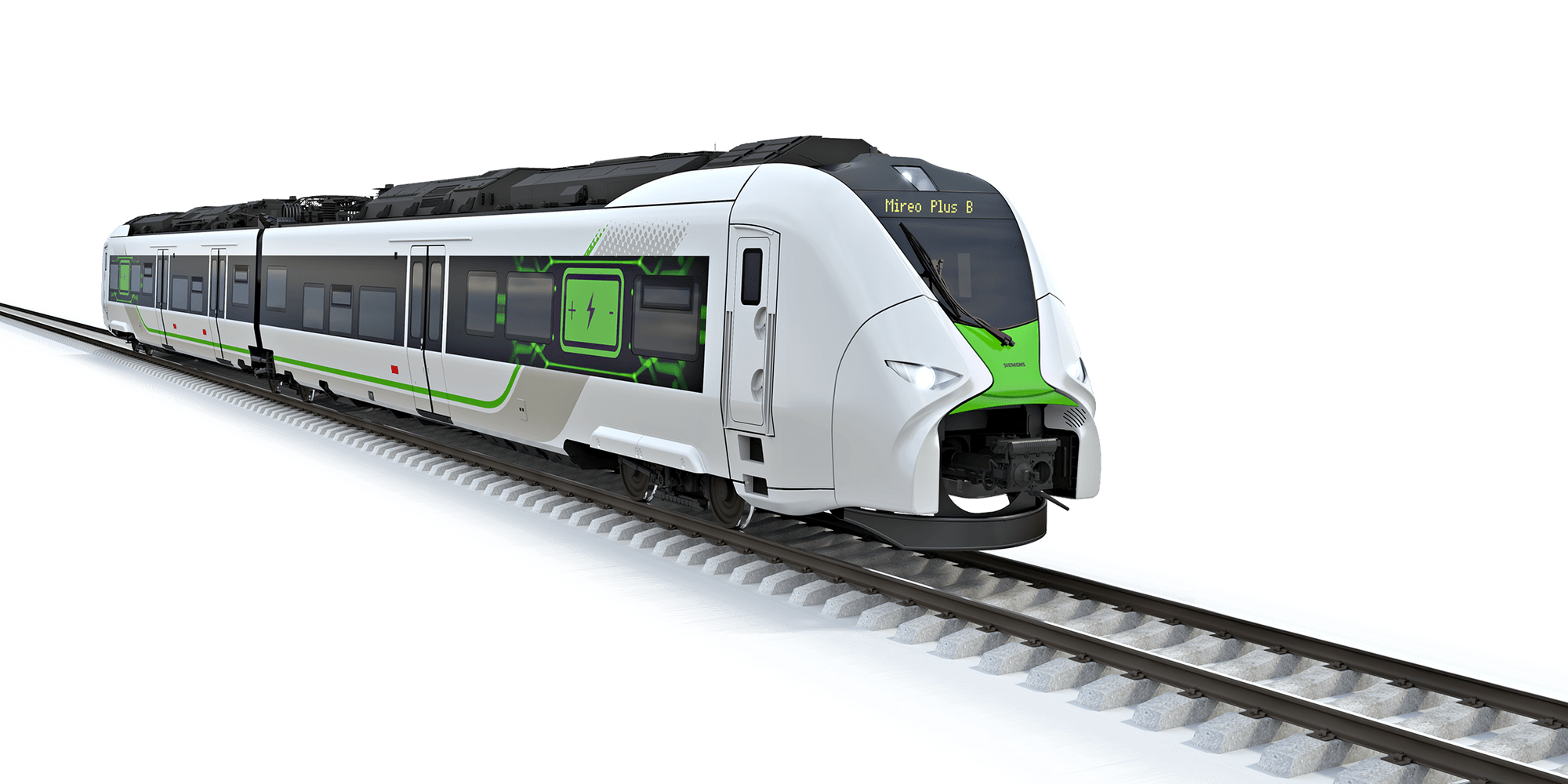^There is nothing that “proves” the need for RER to have subway-volume boarding (where the volume of passengers at any one stop argues for a greater number of doors per car). The vision is that RER will look more like a subway and less like a downtown centric commuter collector, sure. But what % of spaces will turn over at every stop? Bilevels may still prove acceptable, especially if the lower level is opened up to handle shortest distance standees/cyclists/etc and longer distance riders gravitate upstairs. So no, I’m not convinced RER must be single level. And, barring long term changes post COVID, there will still be a need for a peak fleet which the current bilevels are eminently suited to.
I cannot imagine that GO will sign a deal and immediately scrap its ~1,000 existing railcars. End of life cycle will present opportunities for gradual change. Maybe one or two routes change at a time.
I don’t understand this obsession with a sudden switch to single level equipment. Vendors will play the ball where it lies. If they feel they can meet the performance spec with the existing fleet, why inflate their bids by forcing more new equipment procurement than absolutely necessary? Don’t fix what isn’t broken, but plan around oppotunity as it arises.
- Paul
One has to remember that 250 of the coaches will be over 40 years old by the time RER is ready, with ~600 or so cars left over. Remember, GO is still planning on running services up Richmond Hill and Milton, with expansions as well. There's also service to Kitchener, Bowmanville, Lincolnville, Hamilton, and Niagara falls, as well as any future service to Bolton we might see. You could very easily see the following breakdown of service dedicated to each corridor before spares:
Milton - 10 trains, 120 coaches
Richmond Hill - 8 trains, 96 coaches
Kitchener - 8 trains, 96 coaches
Lincolnville - 8 trains, 96 coaches
Bowmanville - 4 trains, 40 coaches
Niagara Falls - 2 trains, 24 coaches.
Hamilton - 4 trains, 48 coaches.
Low and behold, even the peak hour service on these sections still requires 520 coaches before spares.
You can have single levels on the newly electrified sections and still justify keeping the bilevels on these other diesel/dual mode services.





